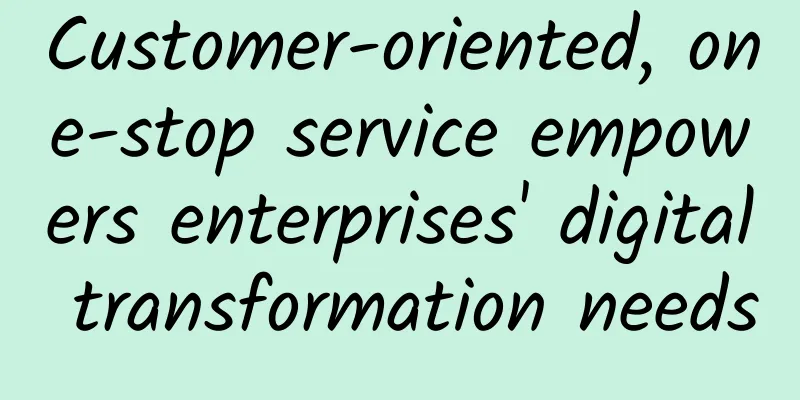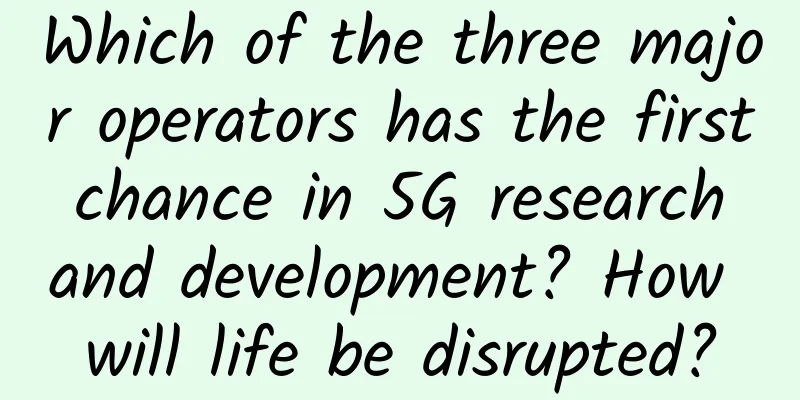Why do mobile network testers still pursue speed at all costs?

|
Communications operators must refocus on covering the “off-site” and improving reliability to better meet customer needs. With the accelerated pace of modern life, it sometimes seems as if speed is always of the essence. Even as the world continues to shut down due to the ongoing pandemic, it’s easy to understand what will happen, from online orders to next-day delivery, to takeaways ordered and delivered within half an hour. In a way that’s predictable, modern society seems to be increasingly leaning towards the idea that “faster” equals “better”.
Of course, no one likes to wait longer. But the main problem with the ‘faster’ equals ‘better’ mentality is that in many cases, ‘fastest’ doesn’t automatically equal ‘best’. This is particularly evident when it comes to mobile networks. The reality is that there are many other areas other than speed that can improve a customer’s overall perception of service quality. In fact, it’s clear that a growing number of UK smartphone users are dissatisfied with other core areas of network performance, such as inadequate coverage and poor reliability, as revealed in a recently released network performance test report. Communications operators often compete on the basis of providing customers with a faster network experience, and this attitude has become even more apparent in the race to roll out 5G technology in the UK and around the world. This is understandable, customers recognize speed because they can see it every time they perform a network-based activity on their device. Therefore, it is probably the easiest metric for customers to understand. However, focusing solely on speed tests represents a bad model for assessing performance. In reality, most people are quite happy with the speeds their operator already provides. There are still more issues across the UK, such as difficulty connecting to the network, spotty signals when travelling by road or rail, and frequent dead spots in rural areas. The “sweet spot” for speed The results of a recently released scale-up study show a disconnect between what customers want from mobile networks and what network testing companies are currently focused on measuring. For example, not only are network accessibility and availability of coverage key factors that matter to people, but in these areas, customers are frustrated by persistent concerns about networks being “off-site”, especially in rural areas. What’s more, it’s clear that communications operators need to refocus their efforts on improving reliability. In fact, customers now prioritize network reliability over speed as a more important performance metric by an overwhelming margin. The GWS report also identified the ‘sweet spot’ for performing typical tasks using a smartphone as being between four and six seconds, with data from tests across the country highlighting that UK operators typically deliver these speed levels 96% of the time. The ‘sweet spot’ is not only what users find acceptable, but what they generally want to experience. 80% of mobile users believe the ‘sweet spot’ is an acceptable amount of time to wait to complete mobile-based activities, such as loading news and other website content. While it would be nice to be able to complete tasks in less time, it’s not essential. In fact, users only start to get frustrated when tasks take 10 seconds or more to complete. Build a network around customer needs Using these insights as a baseline is critical for mobile operators moving forward. If mobile operators want to deliver the performance that customers want, then they must consider both speed and reliability when building or optimizing their networks. If operators focus most of their resources on speed and pay less attention to reliability, they will not be able to fully utilize their networks. Specifically, in today's environment, if the network speed is a few megabits faster, and the current speed provided by the operator is enough for video streaming without delay, it will make little difference to people. There is also a realisation of how important mobile networks are for businesses to continue to communicate and operate as effectively outside the office as they do inside it. The business world has changed dramatically over the past month or so, with face-to-face interactions with clients, suppliers, vendors and colleagues disappearing as people become more reliant on smartphones and virtual connections. As businesses find themselves heavily involved in remote working environments, it is more important than ever that they have a mobile network that can meet their needs. This means operators need to focus on how businesses are using their networks, and how they may want to use them in the future, so that they can provide services that continue to meet changing needs. Rather than focusing too much on a single metric such as speed, operators must look more holistically at ensuring network reliability and keeping businesses connected, and especially their customers connected, both now and in the future. It’s clear that not all aspects of network performance are considered equal, and that operators’ focus is often too heavily weighted towards delivering faster speeds at the expense of a more holistic approach to providing consistently available and reliable network coverage. Likewise, customer expectations are constantly changing, especially as next-generation networks are gradually rolled out. In recent years, people have come to view the overall performance level of 4G networks as the minimum standard for network technology. Although 5G is still in the early stages of deployment, there is no doubt that the new network is likely to follow soon and become the new normal in the future. However, if operators are still focused on improving perceived delivery outcomes, they are justifiably neglecting the core areas of focus that really matter. Therefore, if operators are truly serious about building the best possible network and improving their overall service delivery, they need to stay ahead of the curve. |
<<: LoRa and 5G: Can they be used for IoT network connectivity at the same time?
>>: Tencent: Fully opening up 5G capabilities to build a "new connection" in the digital era
Recommend
Ministry of Industry and Information Technology: my country has built a total of 1.037 million 5G base stations
5G is one of the topics that all sectors of socie...
Among China Mobile, China Unicom and China Telecom, which 100M broadband is more reliable and cost-effective?
Currently, 100M fiber-optic access to homes has b...
Record-breaking! US 5G license auction turnover has reached $69.8 billion
According to the Chinese website of the Wall Stre...
5G Network as a Service (NaaS): How 5G enables telecom operators to monetize their networks
5G provides a large number of new applications fo...
EU plans to develop regulatory "blacklist" Facebook and Apple may be on the list
It is said that the EU's move is aimed at lim...
TCP retransmission problem troubleshooting ideas and practices
1. About TCP retransmission TCP retransmission is...
How long will it take for 5G to be fully commercialized? Why?
Recently, a netizen asked, how long will it take ...
UCloud Double 11 Carnival, AMD models are replenished in large quantities, Hong Kong 2C4G2M cloud server starts at 287 yuan/year
UCloud's Golden Autumn Carnival event has end...
Huawei and iSoftStone jointly launch IoT solutions to lead the digital transformation of the industry
[51CTO.com original article] The implementation o...
[Black Friday] HostKvm Hong Kong Signature VPS is permanently 40% off, top up $50 and get $5 free
HostKvm has launched a November and Black Friday ...
Overview of Honeynet Technology Based on SDN
The development of cloud computing and virtualiza...
RAKsmart: San Jose servers limited flash sale starting at $30/month, US/Korea/Japan cluster servers starting at $189/month
RAKsmart is a foreign hosting company operated by...
RackNerd Double 11 promotion, KVM annual payment starts from $9.98, 9 data centers including San Jose are available
RackNerd has released a number of promotional pac...
Operating system: Introduction to SSH protocol knowledge
Today I will share with you the knowledge related...



![[Black Friday] HostDare: $9.89/year-768MB/15G NVMe/1TB/Los Angeles Data Center](/upload/images/67cabcf183290.webp)





